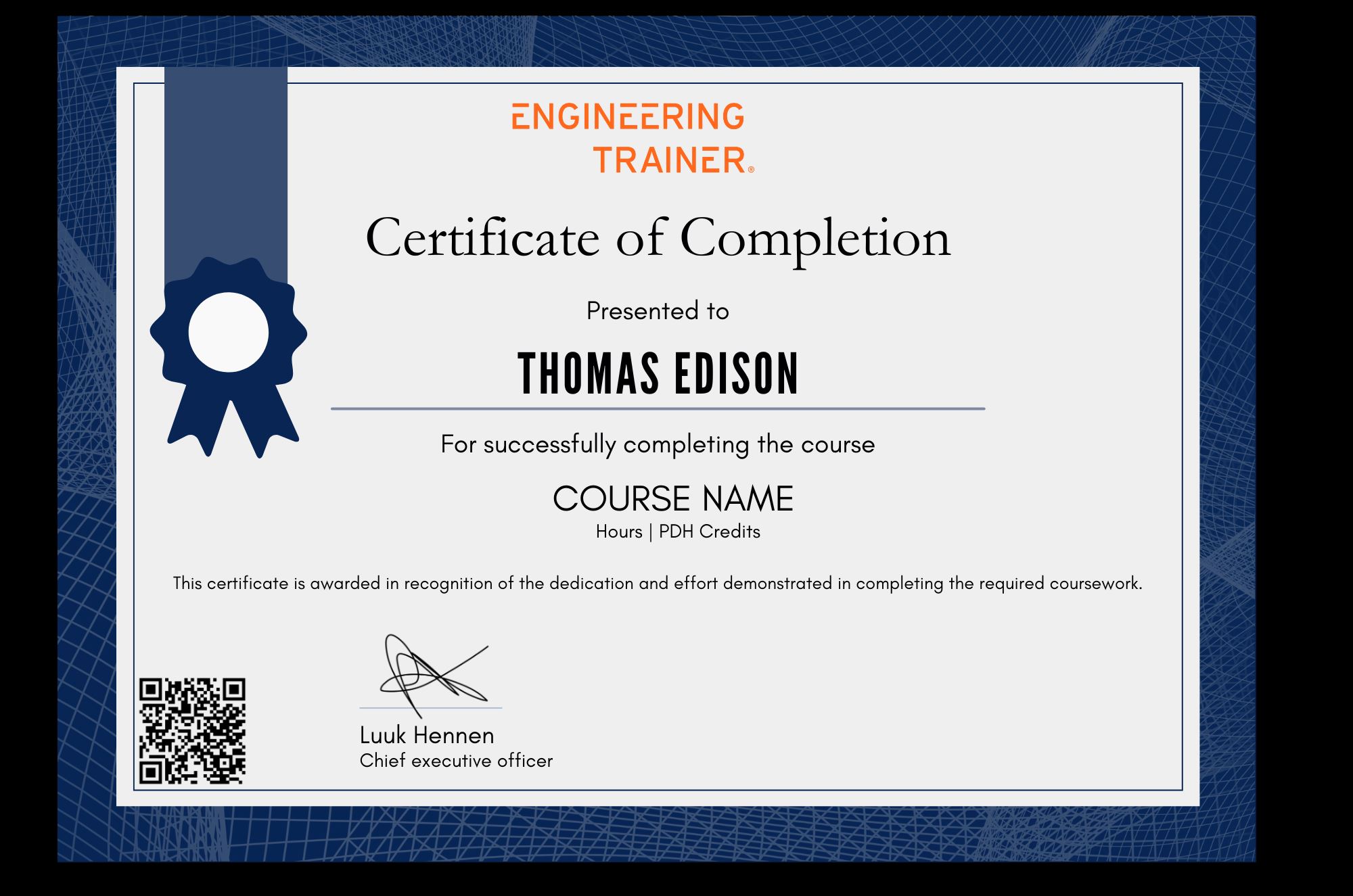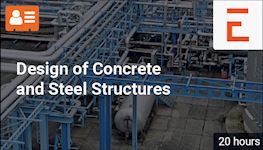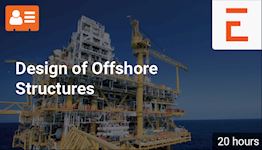Wind Turbine Operation and Maintenance
About the course
Maintenance on a wind turbine often means working at height, in a warm confined space and next to a generator. Wind turbines are controlled by an in-built controller and maintenance staff have to deduce the best course of action based on the controller read-outs. In such a situation you would like well trained experienced personnel, who can quickly decide the best course of action.
This training course is based around the ACM Wind Energy software suite. This software suite includes real time simulators for industrial grade wind turbines, together with simple to use graphical interfaces, and can be used as a Workbench for experimenting on Wind Turbines. Within this training course, personnel can hone their skills for normal conditions, as well as expectational conditions (such as very high wind speeds, wind gusts or failures in the Grid) and in failure (of elements on the yawing system, pitch system or brake hydraulic system).
The course consists of 6 online live sessions with the instructor. All training content is provided through your EngineeringTrainer account.
The attendees will receive temporary licenses for the “ACM Wind Energy Simulator” package, to be installed in their PCs, and valid for 3 months. In addition to contact with the instructor during the live sessions, participants may also submit questions during the validity of the software license.
Learning Outcomes
After this course, you...• are familiar with the components of a wind turbine and the physics of how a wind turbine works
• understand the orientation and pitching procedures, both manual and through the controller
• are familiar with the brake hydraulic system, electrical generators and drive trains and have observed their operation through a whole spectrum of operating scenarios
• have seen the main concepts of a wind farm and how the wind turbine forms part of this system
• have developed the skills to respond to messages from the wind turbine controller in a prompt and efficient manner
• have had the chance to simulate and test your response to off• design and failure modes which cannot be simulated in real• life.
Who should attend this course
• Those who want to learn in a "safe" simulation environment how to respond to all operating scenarios, both normal, exceptional and failure cases for a wind turbine.• Wind turbine maintenance staff.
• Those leading or instructing maintenance staff.
• Wind Farm Managers wanting to have a better understanding of the maintenance team workload.
Prerequisites
Basic understanding of industrial electrical installations.Program & Details
-
Wind Turbine Components
Live
1. Blades and pitch mechanism
2. Brakes
3. Yaw system
4. Gearboxes
5. Meteorological sensors
6. Auxiliary sensors
7. Generators (low and high speed)
8. Influence of the grid on a wind turbine -
Physics of a Wind Turbine
Live
1. Stalling and why the hub turns
2. Wind Turbine control criteria
3. Requirements imposed by the Drive-train
4. Requirements imposed by the Electrical Generator
5. Production curve -
Simulators
Live
1. Family of Wind Turbines with Squirrel-cage Generator and control by Active Stall
2. Family of Wind Turbines with Control by Resistance of the Generator’s Rotor winding
3. Family of Wind Turbines with Doubly Fed Induction Generator (DFIG)
4. Wind Farm simulator -
Interface for the Wind Turbine Simulators
Live
1. Overview of the interface - the windows/tabs, graphical interface, strip recorders
2. Drive Train Interface
3. Wind/Nacelle Interface
4. Control Terminal Interface
5. Electrical Panel -
Yawing System (Instructor Led Simulations)
Live
1. Nacelle manual orientation; using the command buttons on the controller
2. Nacelle controlled by the Wind Turbine Controller; observing the controller
3. Controlled wind turbine orientation procedure under a range of wind conditions -
Brake Hydraulic System (Instructor Led Simulations)
Live
1. Observation of the pressure evolution with manual pump and valve operation
2. The operation of the system for cutin operations
3. Abnormally high pressure losses in the system, response from the controller
4. Insufficient pump flow, response from the controller -
Pitch System (Instructor Led Simulations)
Live
1. Manual command of the pitch angle
2. Active Stall Wind Turbine controlled by the Wind Turbine Controller
3. Rotor Resistance Wind Turbine controlled by the Controller
4. Doubly Fed Induction Generator (DFIG) controlled by the Controller
5. Failure of the connection between controller and pitch system
6. Comparison of the Power vs. wind speed curve for fixed and variable pitch -
Electrical System (Instructor Led Simulations)
Live
1. Evolution of the rpms
2. Soft-starter devices
3. Modification of the working point
4. Evolution of the electric and magnetic fields in the DFIG
5. Response to wind gusts
6. Observe the influence of the Operating Point, Active Power Set Point and Relative Power Set Point
7. Electrical Panel Operation and Observations -
Drive Train Behaviour (Instructor Led Simulations)
Live
1. Active Stall Dual Speed Wind Turbine; cutin, change low to high speed
2. Rotor Resistance controlled Turbine with gusts
3. Operation Curve in DFIG Wind Turbine
4. DFIG Wind Turbine with short and long gusts
5. DFIG Wind Turbine with slow or partially broken pitch mechanism -
Wind Farm Simulator
Live
1. The structure of the grid and stability of the grid
2. Description of the substation
3. The interface with the grid
4. Connectivity with the wind turbines
5. Influence of the weather conditions on production (wind, temperature, pressure, humidity)
6. Wind Turbine operative status -
The Role of SCADA in a Wind Farm (Instructor Led Simulations)
Live
1. Data received from the wind turbines
2. Indication of total production and external demand set point
3. Evolution plots for total production and per wind turbine
4. Wind turbine start/stop procedures and their initiation -
Management Operations in a Wind Farm (Instructor Led Simulations)
Live
1. Forecasts of wind speed and demand
2. Local manual and automatic management of wind turbines
3. Parameters for the management of the wind turbines
4. Total worked hours
5. Type of generator
6. Actual set of incidences (alarms, errors)
7. Spare part logistics and maintenance
Certification

Contact us to Learn More

Why choose EngineeringTrainer
-
Unlimited Team-wide Access
-
Advance Technical Competences
-
Courses by Industry Authorities
Since using EngineeringTrainer our internal mentorship has a much more matured character.
Logan Chapman - COO at Chapman Consulting Inc.







